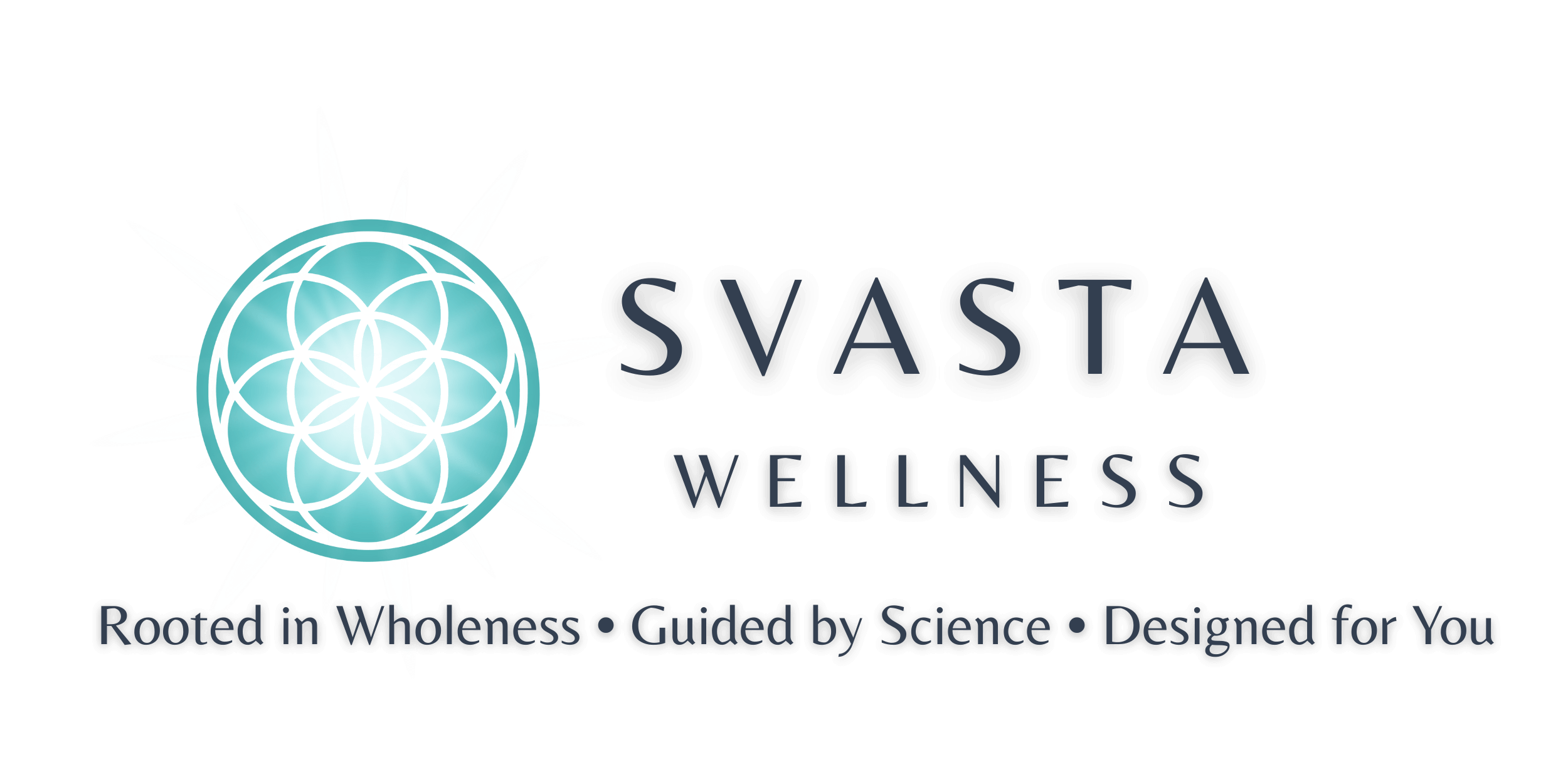
Feeling like your body is changing, but not sure why?
Weight gain around the middle, brain fog, mood swings, low libido, or a vague sense of “not feeling like yourself”...
If you’re in your 40s or 50s, chances are your hormones are shifting, and the Big 3 (estrogen, progesterone, and testosterone) are playing a starring role.
Understanding how these hormones function and what happens when they decline is one of the most powerful ways to reclaim your energy, clarity, and confidence in midlife.
Estrogen – The Master Regulator of Midlife
Estrogen isn’t just about reproduction. It influences over 400 functions in the body, impacting everything from skin elasticity to brain health and bone density.
As estrogen levels begin to fluctuate and decline during perimenopause and menopause, you may experience:
- Irregular or heavy periods
- Hot flashes and night sweats
- Vaginal dryness
- Mood changes
- Sleep disturbances
- Decreased insulin sensitivity
Estrogen plays a major role in the brain, supporting memory, mood, and neurotransmitter balance. That’s why many women report increased anxiety or brain fog as levels drop (1).
It also protects cardiovascular health, helps maintain bone strength, and supports metabolic function.
Research Spotlight: One study found that estrogen modulates synaptic plasticity in the hippocampus, an area critical for memory, explaining why cognitive issues increase during estrogen decline (2).
Progesterone – The Soothing, Stabilizing Hormone
Often overlooked, progesterone is your nervous system’s ally. It promotes calm, supports sleep, and balances estrogen.
When progesterone drops, many women experience:
- Irritability
- Anxiety
- Poor sleep quality
- Heavier or more erratic periods
- Estrogen dominance symptoms
Low progesterone is common in early perimenopause, where estrogen can still be high or erratic. This creates an imbalance that leads to the infamous symptoms of PMS-on-steroids—intense mood swings, breast tenderness, and sleep trouble.
Research Spotlight: Progesterone enhances GABA receptors in the brain, essentially turning down the volume on stress and anxiety (3).
Testosterone – Not Just a “Male Hormone”
Testosterone may be present in smaller amounts in women, but it’s just as important. It helps with:
- Muscle mass and strength
- Motivation and drive
- Energy and stamina
- Sexual desire
- Bone density
Women make testosterone in the ovaries and adrenal glands, and levels begin to decline in the 30s, with sharper drops during menopause or from adrenal dysfunction.
Symptoms of low testosterone include:
- Low libido
- Decreased strength or muscle tone
- Fatigue and loss of motivation
- Brain fog
Research Spotlight: Studies show that testosterone therapy can improve sexual function, energy, and mood in postmenopausal women, without masculinizing side effects when dosed properly (4).
Practical Takeaways
✅ Learn your hormone profile. If you’re struggling with symptoms, get functional lab testing to assess your estrogen, progesterone, testosterone, cortisol, and insulin levels.
✅ Support hormone production with strength training, protein-rich meals, blood sugar balance, and high-quality sleep.
✅ Consider working with a trained professional who understands hormone health, especially if you’re exploring bioidentical hormone therapy.
✅ Reduce xenoestrogen exposure (from plastics, conventional beauty products, etc.) to help your body detox excess estrogens.
✅ Support your adrenal function, because your adrenals help produce hormones post-menopause.
These three hormones—estrogen, progesterone, and testosterone—are more than just reproductive messengers. They’re key players in your metabolism, mood, muscles, memory, and motivation.
Understanding them is the first step to reclaiming your vitality in midlife.
Don’t settle for feeling off.
With the right knowledge and support, you can rebalance your hormones and feel better than ever.
Want help decoding your hormones and creating a plan that actually works for your body?
Schedule your FREE Discovery Call to explore how The Svasta Method can help you balance your hormones, boost energy, and feel like yourself again.
References
- Santoro, N. (2008). Mechanisms of premature ovarian failure. Annals of the New York Academy of Sciences, 1135(1), 1–8.
- Brinton, R. D. (2009). Estrogen-induced plasticity from cells to circuits: Predictions for cognitive function. Trends in Pharmacological Sciences, 30(4), 212–222.
- Schiller, C. E., Johnson, S. L., & Abate, A. C. (2014). Cortisol and GABA modulate stress reactivity and emotional regulation. Journal of Affective Disorders, 158, 10–19.
- Davis, S. R., et al. (2008). Testosterone for women: A review of data related to efficacy and safety. Menopause, 15(5), 914–922.



















0 Comments